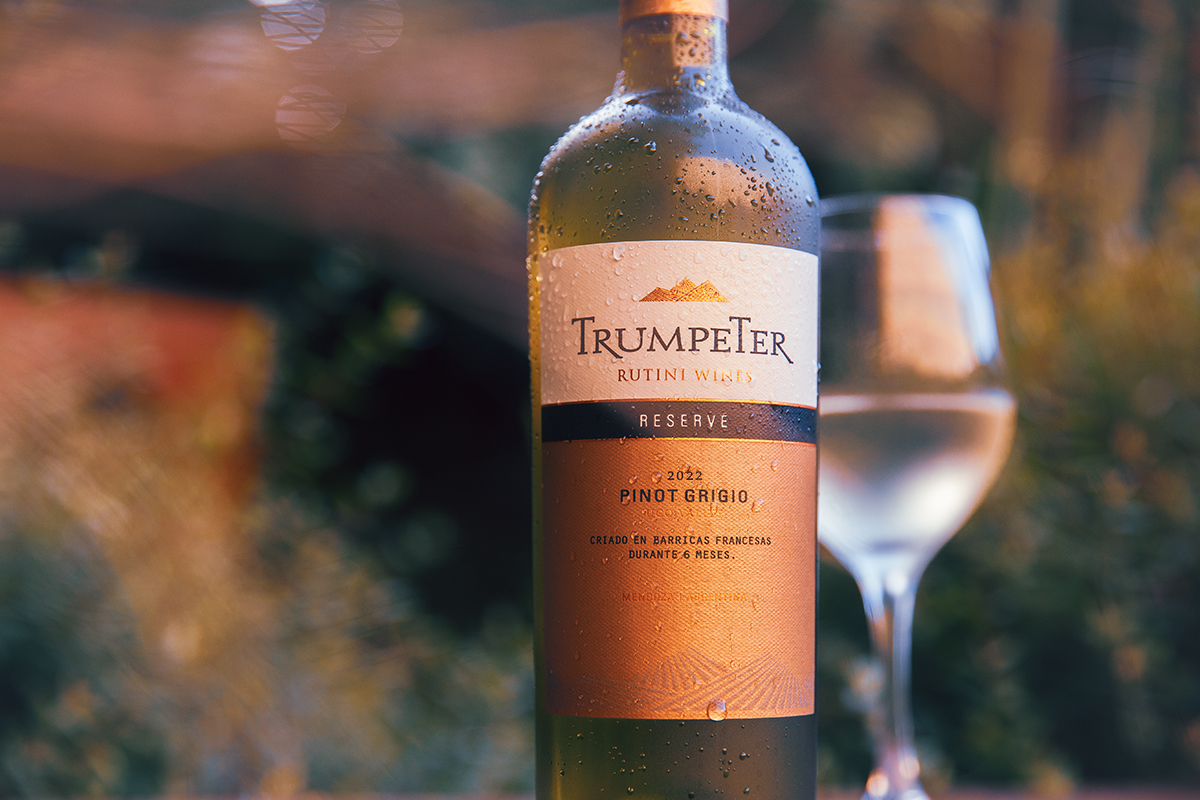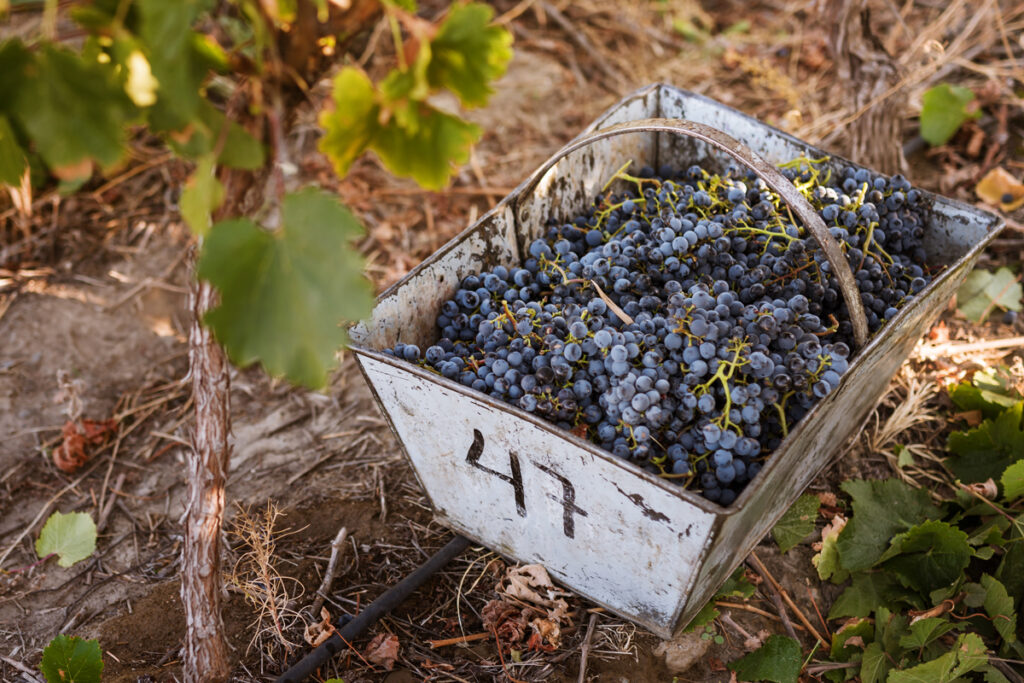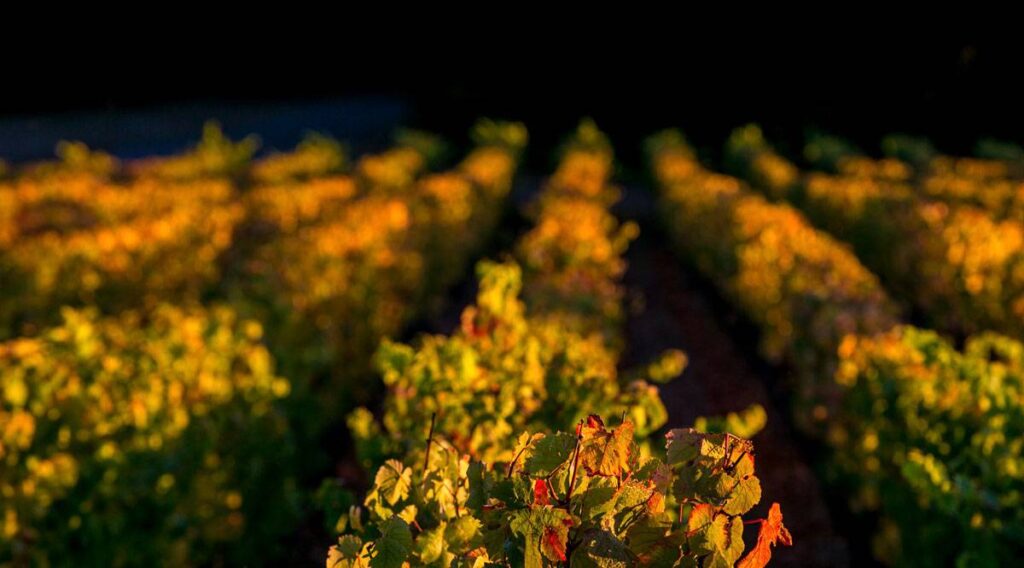Main characteristics of white wines

Wine is tinged with history and culture.
Everything in it is related to its origins, to traditions, to symbols. Even the colors and names are the result of a long road that has led us to the present day, where we enjoy an entertaining and unprecedented diversity..
La versatilidad de opciones que se nos presentan tientan al paladar e invitan a explorar, en estos días de calor, por ejemplo white varieties that offer interesting contrastsand which also have their own history.
Why is wine said to be white?
White wines, that’s what we call them by the grace of language, but as the great color historian Michel Pastoureau points out in his Dictionary of colorsHowever, the truth is that when we mention them we refer to green or yellow grapes that give them their true origin.
Since colors are above all conventions, social codes and labels whose purpose is to distinguish, classify, associate and hierarchize, wine from these grapes was called white in ancient times when culturally only three colors were used to organize social codes: white, red and black..
Según el historiador, su clasificación habilitaba entonces incluir al vino en diferentes rituales y sistemas, lo que permitió a su vez imprimirle la dimensión poética y mitológica que conocemos hasta hoy.
Thus, following this idea, we thought of whites -that is, a palette that is clear to the eye but at the same time diverse in colors, aromas and flavors- for hot days and experiment, beyond the denomination that unites them, with different alternatives.
Fragrant whites
When it comes to exploring, there is nothing better than to move away from the more traditional varieties and try those whose names are not so familiar. The non-traditional whites in our portfolio come from grapes that stand out for their fragrance, both the “noble whites” such as Pinot Gris, Riesling and Gewürztraminer, which originated in Alsace, and the Viognier, typical of Condrieu in the Rhone Valley, or our Torrontés, with its distinctive notes..
Viognier variety
It is considered to come from the Rhone Valley, in France, although its remote origin is supposed to be the territory of present-day Croatia.
Today its production is important in California as well as in other regions of the United States, Australia, Brazil and Argentina.
It gives rise to very aromatic wines with a predominance of ripe fruit (peach and apricot), floral, complex and of good structure and quality.
It is a greenish yellow wine with golden reflections.
The floral notes (magnolia) stand out and appear amalgamated with fresh stone fruits such as peach and apricot, and light tropical notes reminiscent of pineapple.
In the mouth, it is very unctuous, enveloping and with a perfumed and persistent finish.
Torrontés Variety
It is the most Argentine white wine, the only truly autochthonous variety of the country whose origin is the cross between the Criolla Chica and the Moscatel de Alejandría grape.
It is highly aromatic, with fresh and floral notes reminiscent of jasmine and orange blossom, as well as tropical fruits.
Made entirely from Torrontés grapes from the Uco Valley, 20% of the wine is aged for six months in French oak barrels and has a three-year aging potential.
It is a light yellow wine with greenish hues.
The floral notes combined with its delicate citrus profile make it a delicious and elegant white wine.
Its finish is intense, aromatic and long-lasting.
Variety Pinot Gris or Pinot Grigio
It is a mutation of the better known Pinot Noir variety, whose origin is Burgundy, in France, also widespread in Alsace and Italy.
The grape usually varies between blue-gray, pinkish-brown and whitish shades, so the wines it produces also have variations in hue.
It has a predominantly citric aroma.
Trumpeter Reserve Pinot Grigio Pinot Grigio varietal made with grapes from the Uco Valley. The 10% of the wine has a six months in French oak barrels and a cellaring potential of three years.
Its color is crystalline yellow, with greenish and golden hues.
Its aromas are reminiscent of white fruits and citrus, with a fine touch of anise.
Fresh and unctuous, its excellent acidity reveals a frank finish with very good persistence.
Riesling variety
It is a white grape variety originally from the Rhine region in Germany, very aromatic and perfumed, with floral notes and a marked acidity that is reflected in the wines it produces.
It also gives rise to wines that have a long aging potential, with ripe aromas of honey and bread, and also attractive late harvest and botrytized wines.
Varietal with four months (10%) in French oak barrels and an aging potential of seven years.
It is bright yellow with subtle greenish hues.
The nose reveals citrus and green apple aromas; notes of honey and orange blossom appear on the finish.
On the palate the entry is dry and vibrant.
It presents flavors in line with the aromas perceived on the nose adding a fine reminiscence of linden.
The achieved acidity leads us to expect an interesting longevity.
The finish is long and persistent but refreshing at the same time.
Gewürztraminer variety
It comes from northeastern Italy, but nowadays it is found in the most diverse regions of the world.
It has a pink skin and produces sweet, semi-sweet and dry wines with very characteristic aromas.
It also has an interesting acidity, which is why it is often used for the production of sparkling wines.
Rutini Gewürztraminer Collection This varietal made with grapes from our Gualtallary estate in the Uco Valley is aged for four months in French oak and has a five-year aging potential. It is bright yellow with greenish tones, very lively.
The nose hints of flowers, orange blossom water, white fruits, grapefruit and a spicy touch.
Fruity on the palate, it offers an ethereal and friendly palate, very consistent, with well balanced acidity.
It is a complex and sophisticated white wine.


